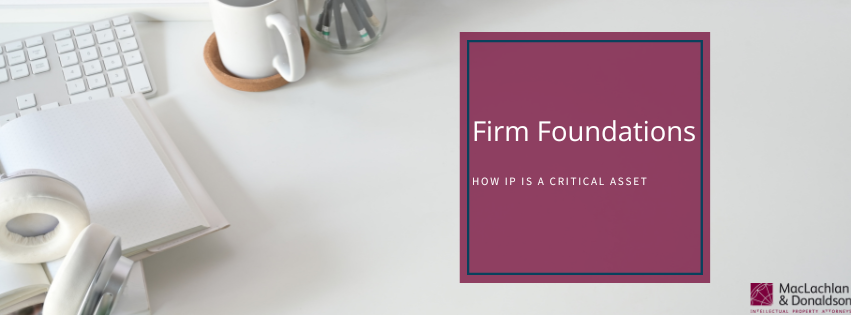I love building programs like Kevin McCloud’s Grand Designs and George Clarke’s Amazing Spaces. The process of turning nothing, or an absolute wreck of a building, into something spectacular fascinates me. It is interesting to note when watching these shows how much time and resources are spent on the groundworks. These are parts of the building which will never be seen but are essential for the strength and longevity of the building which will sit atop them.
A fault in the foundations can delay a build for months and increase costs significantly while things are put right, sometimes having to rip out some of what was there and restart it.
I was recently reminded of the importance of getting the foundations right when building a business. While resources can be stretched, to build a strong and resilient business, there are some fundamental things a business cannot afford to ignore or gloss over; one of those is the identification and protection of their Intellectual Property (IP).
Intellectual Property, i.e. trade marks, patents, designs, copyright, trade secrets, etc., can be some of a company’s most important assets, but because they are intangible, they can often be overlooked to the detriment of a company.
Too many times, we are approached for advice concerning a cease-and-desist letter which has been received and which demands that the receiver stop selling a patented product or stop using a trade mark, i.e. a sign which identifies their brand, because they are infringing upon another company’s rights.
If the claimed infringement is valid, this can lead to the withdrawal of a product that has to be scrapped or redeveloped to design around the protected elements; or the loss of market recognition and investment and the need to restart with a completely new trade mark.
We may also be approached to protect a new product by filing a patent only to realise the product is already on the market or has otherwise been disclosed, destroying the novelty and preventing a valid patent from being obtained. This affects the ability of the inventing company to prevent the manufacture or sale of their invention by others to the detriment of its unique offering and its capacity for future revenue streams through sales, licensing and possible tax relief.
A trade mark may have been used for years, accruing local unregistered trade mark rights, but to prevent use in other parts of a territory, thereby protecting your business’s expansion into other geographical areas, a trade mark registration is essential. Third party rights in other parts of a territory could prevent growth.
So here are some top tips for getting the IP portion of your business’s foundations right: –
- Identify your IP assets
- Have freedom to operate searches conducted for your trade marks and new products
- Protect your IP before you promote it
- Police your IP to prevent third party use – taking action when necessary
- Review your IP Portfolio regularly
- Partner with a trusted firm of IP attorneys who can guide you as you build your business
MacLachlan & Donaldson and Ansons’ IP attorneys are available to guide you as you build your business. Contact us today for a free, no-obligation in-person or virtual consultation.
Cherrie Stewart – Director and Chartered Trade Mark Attorney


